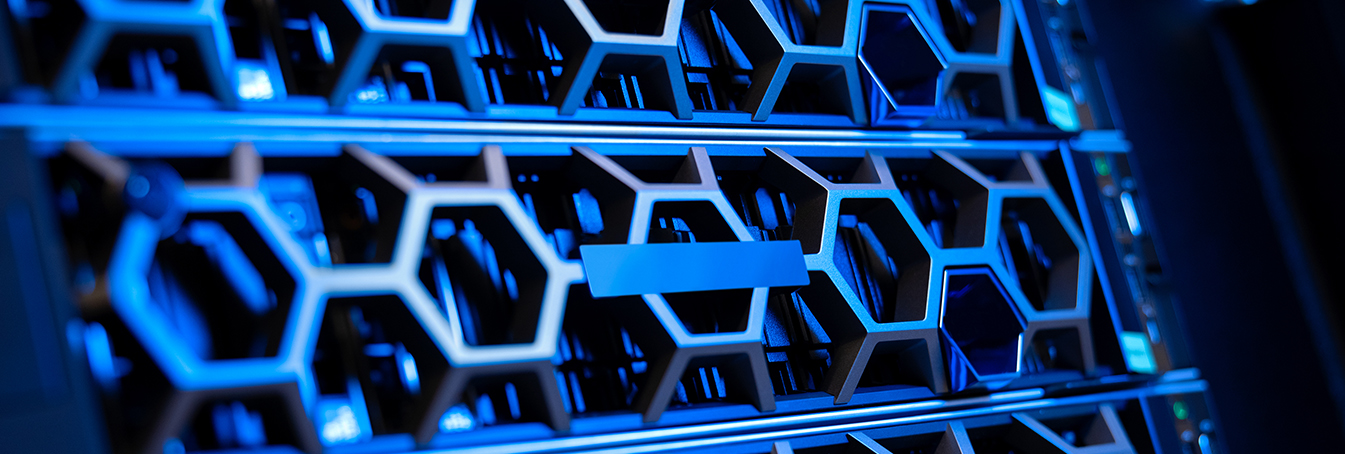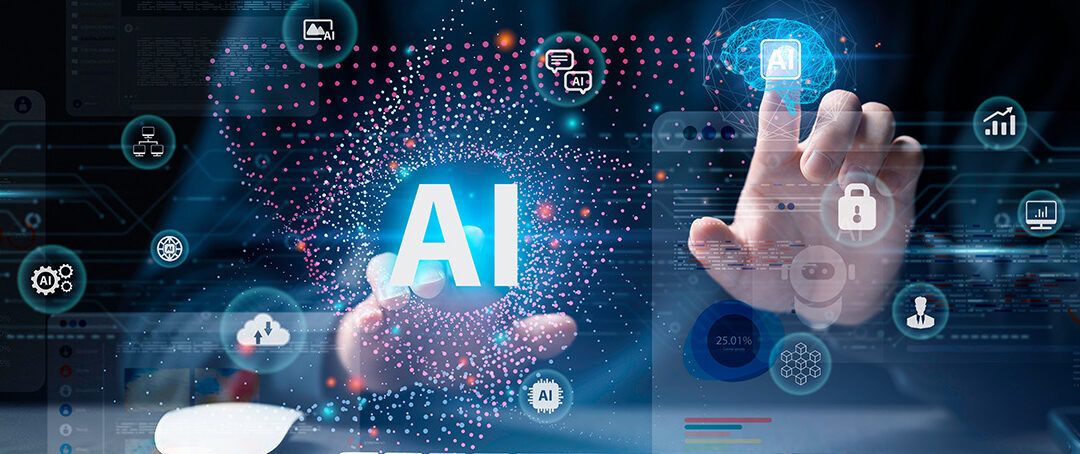“I have great expectations for the growth of the mainframe because of AI.” Cheryl Watson, CEO and co-founder, Watson & Walker
The reliable and powerful mainframe might have stayed a contented Clydsdale, efficiently crisscrossing the computing arena and doing its one task very well. But whether it’s the best of times or the worst of times, digital transformation demands new ways to modernize legacy systems. One essential character is artificial intelligence (AI).
Planet Mainframe asked several top mainframe influencers to share their thoughts on the state and future of mainframe computing and AI. Here’s the story from the experts.
Rising Action: Integrating AI into Mainframes
“I have great expectations for the growth of the mainframe because of AI,” said Cheryl Watson, CEO and co-founder of Watson Walker. “I have no idea how much it’s going to grow, but it’s mammoth. AI will consume as many MIPS as you can feed it. To stay competitive in business, you have to use AI. The more AI corporations bring in, the more competitive they could be.”
PJ Catalano, IBM Z & LinuxONE Test Architect, IBM, agrees with AI growth and its potential to meet customer needs.
“When we talk about AI, a lot of the deployments are cloud solutions that you have to move your data to. [IBM] customers said the data is where their value is. They don’t want to move data off the platform or even outside their walls. They’re asking, ‘How do I bring AI on the platforms I’m using – with low overhead and without suffering the latency costs of moving things?’ By doing AI closer to the platform, we’ll drive more value to our customers. I think that space is going to grow significantly over the next couple of years.”
The literature supports how integrating AI into mainframe systems is transforming operations. IBM’s watsonx Code Assistant for Z, for instance, uses generative AI to convert COBOL code to Java, streamlining development and enhancing efficiency.
This alone is a game-changer for Laticia Carrow, Capacity Management Analyst at DDC ITS. “You can literally take code from something you don’t recognize, translate it into something you do know, and keep going. You can do that! And it makes it so much better, and it makes it so much easier.”
Tools like the Kyndryl Bridge, an AI-powered open integration platform, enable organizations to decrease manual interventions, process time, and software costs.
The Peak: AI and Mainframe Sync
Embedding AI directly onto mainframe processors, as IBM’s z16 mainframe does, is arguably the pinnacle of AI-mainframe integration. The use cases continue growing, but one already stands out: real-time fraud detection.
“The z16 can tell you if a transaction is fraudulent before the transaction is even completed,” Dr. Cameron Seay, Adjunct Professor at East Carolina University, shared. “Nobody else can do that.”
Mark Wilson, Technical Director at Vertali, echoes this excitement, “If you look at what IBM has done with embedding AI onto the actual processor, the ability to do things at such great speed now gives businesses opportunities to do things they haven’t been able to do.” AI-backed tooling, Wilson suggests, will also predict future trends and behaviors to prevent issues. ”Observability is where I think you’ll see a lot of change.”
Falling Action: Challenges and Refinement
While arguably there’s no morality in technology, there are consequences and unintended outcomes. Known AI challenges include data privacy concerns, the complexity of legacy systems, and the need for specialized skills. Additionally, AI’s fallibility requires ongoing monitoring. The mainframe influencers mentioned several issues they monitor.
“Are people going to lose their jobs because of AI?” mused Wilson. “I’m not so certain at the moment. I think it may stop some jobs in the future from being created. But we will see.”
Watson reminded everyone that AI is programmed by humans: “Anybody can make a mistake.”
For Dr. Seay, his concern is code translation. “The problem with using AI for COBOL is so much of the business logic is embedded in the COBOL code,” he explained. “It’s very dangerous to ask AI to do something with them. You don’t know the change AI made to the business logic.”
Resolution: The Future of AI and Mainframes
With a few misgivings, the AI-mainframe story promises a happy ending with exponential growth and new functionalities. Influencers like Cheryl Watson, Dr. Cameron Seay, Laticia Carrow, Mark Wilson, and PJ Catalano foresee opportunity and more secure enterprise computing.
With apologies to Dickens, these influencers surmise that AI is a far, far better thing that we do, than we have ever done.
Carrow concurs. “Whether you’re going to embrace it or not, AI will still be there. And if it’s there, why not use it?”









0 Comments